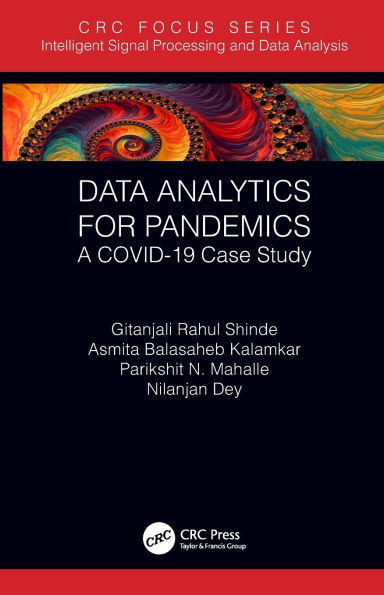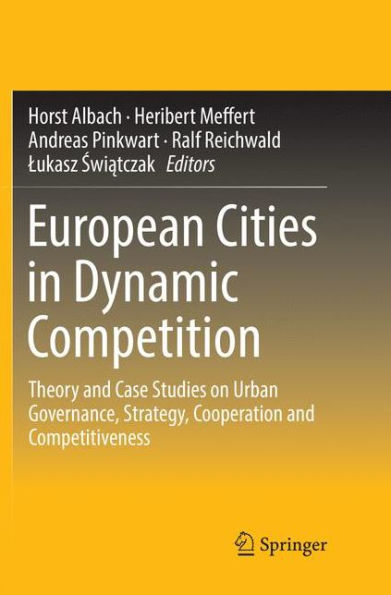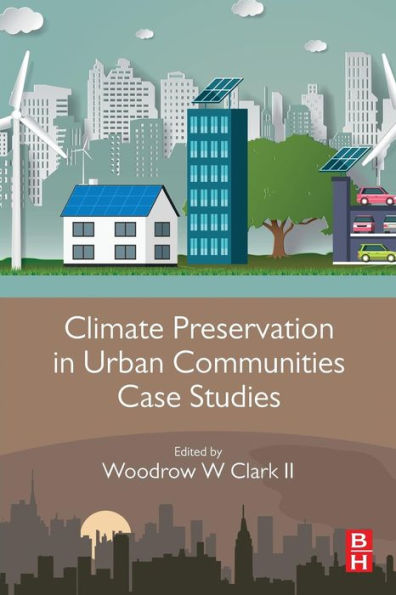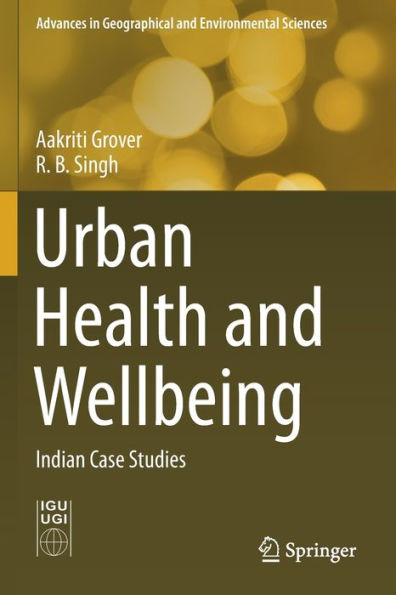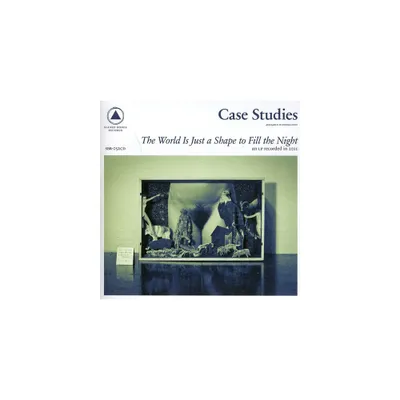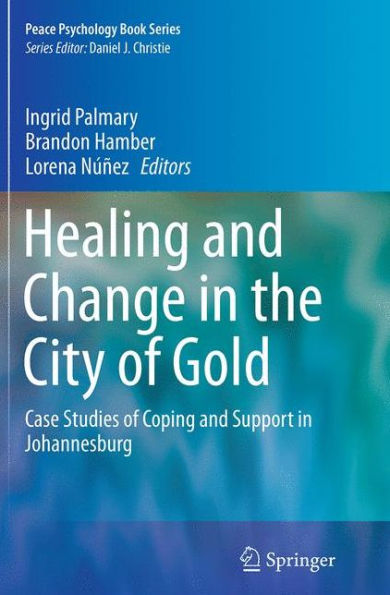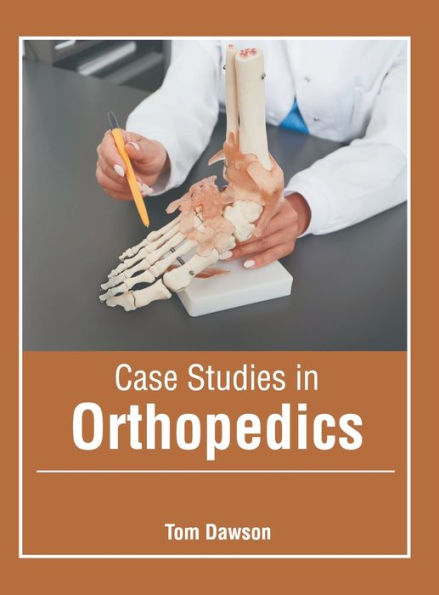Home
Inoculating Cities: Case Studies of Urban Pandemic Preparedness
Loading Inventory...
Barnes and Noble
Inoculating Cities: Case Studies of Urban Pandemic Preparedness
Current price: $125.00
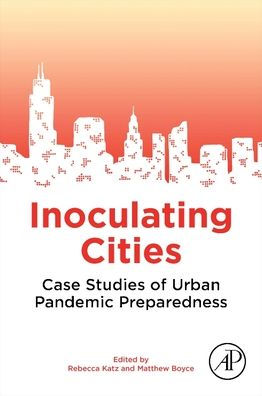

Barnes and Noble
Inoculating Cities: Case Studies of Urban Pandemic Preparedness
Current price: $125.00
Loading Inventory...
Size: Paperback
*Product Information may vary - to confirm product availability, pricing, and additional information please contact Barnes and Noble
Inoculating Cities: Case Studies of Urban Pandemic Preparedness
begins with a brief historical description of infectious disease outbreaks in cities as well as an overview of infectious disease outbreaks since 2000 that hold profound implications for cities and urban environments – such as severe acute respiratory syndrome (SARS) in 2003, H1N1 influenza in 2009, Ebola virus in 2014, Zika virus in 2015, and more recently, COVID-19 in 2020. Each of these outbreaks affected different geographies of the world and underscored the importance of urban pandemic preparedness or urban health security as a means of mitigating the threats posed by infectious diseases. This book describes several of the characteristics of cities that make them uniquely vulnerable to infectious disease threats which include, but are not limited to, their population density, population diversity, internal and external population movements, and inequalities in cities. Finally, the book discusses frameworks and capacities that are essential for preparing cities to prevent, detect, and respond to infectious disease outbreaks. With contributions from experts and researchers with first-hand experiences with infectious disease outbreaks, their impact on the management of disease, and pandemic preparedness in progressively urban societies,
Inoculating Cities
addresses the unique threats infectious diseases pose to urban environments and surveys innovative models that cities are using to combat these threats.
begins with a brief historical description of infectious disease outbreaks in cities as well as an overview of infectious disease outbreaks since 2000 that hold profound implications for cities and urban environments – such as severe acute respiratory syndrome (SARS) in 2003, H1N1 influenza in 2009, Ebola virus in 2014, Zika virus in 2015, and more recently, COVID-19 in 2020. Each of these outbreaks affected different geographies of the world and underscored the importance of urban pandemic preparedness or urban health security as a means of mitigating the threats posed by infectious diseases. This book describes several of the characteristics of cities that make them uniquely vulnerable to infectious disease threats which include, but are not limited to, their population density, population diversity, internal and external population movements, and inequalities in cities. Finally, the book discusses frameworks and capacities that are essential for preparing cities to prevent, detect, and respond to infectious disease outbreaks. With contributions from experts and researchers with first-hand experiences with infectious disease outbreaks, their impact on the management of disease, and pandemic preparedness in progressively urban societies,
Inoculating Cities
addresses the unique threats infectious diseases pose to urban environments and surveys innovative models that cities are using to combat these threats.

